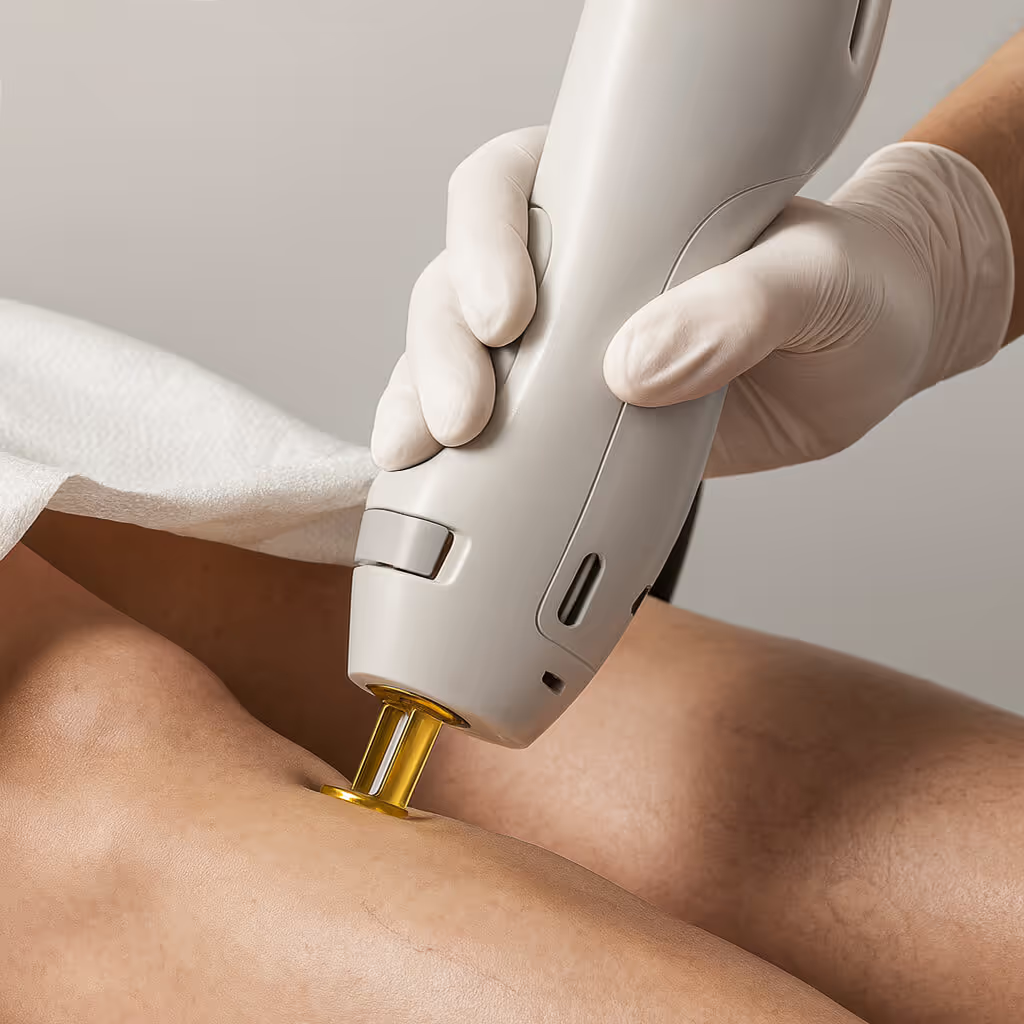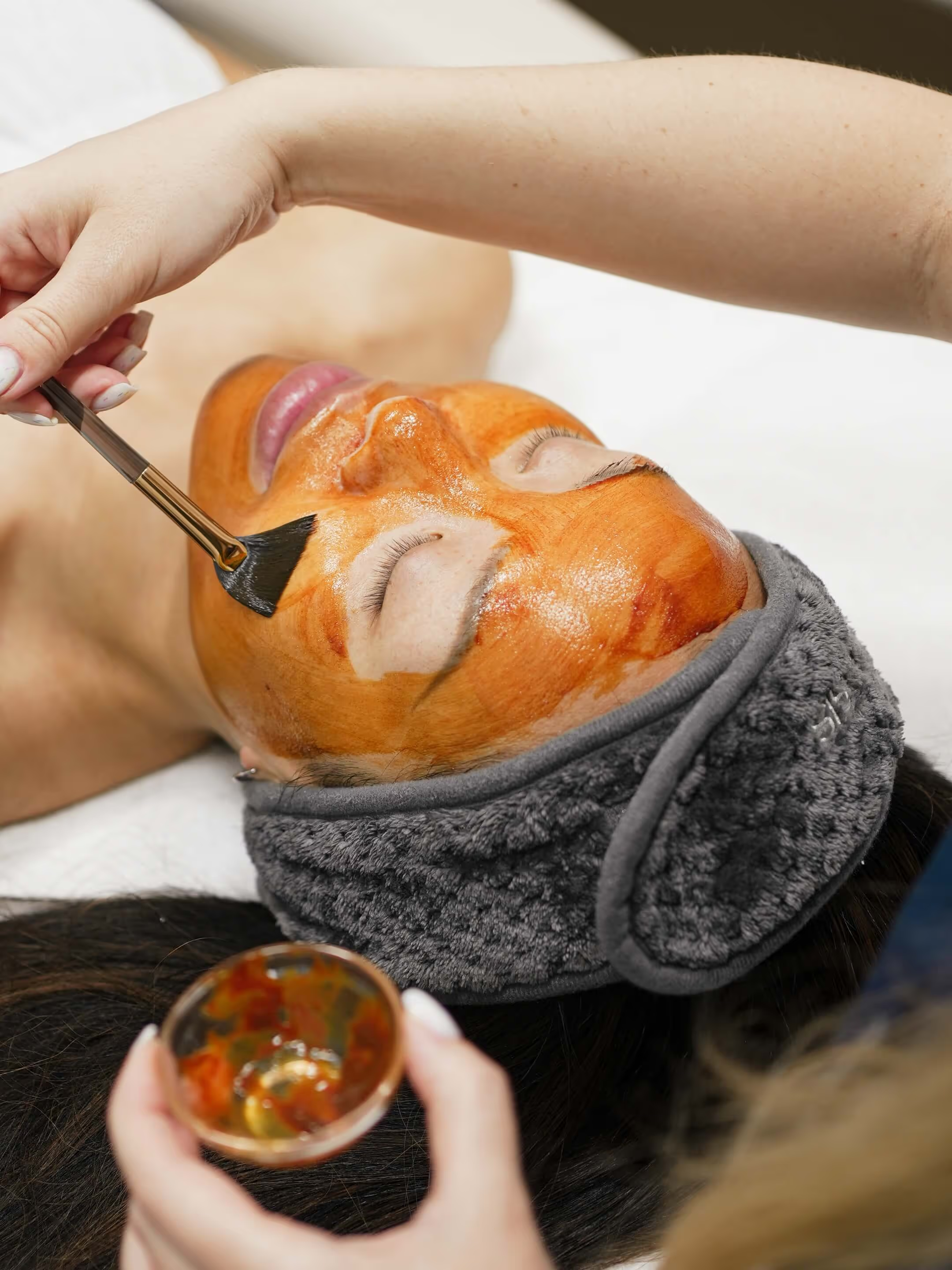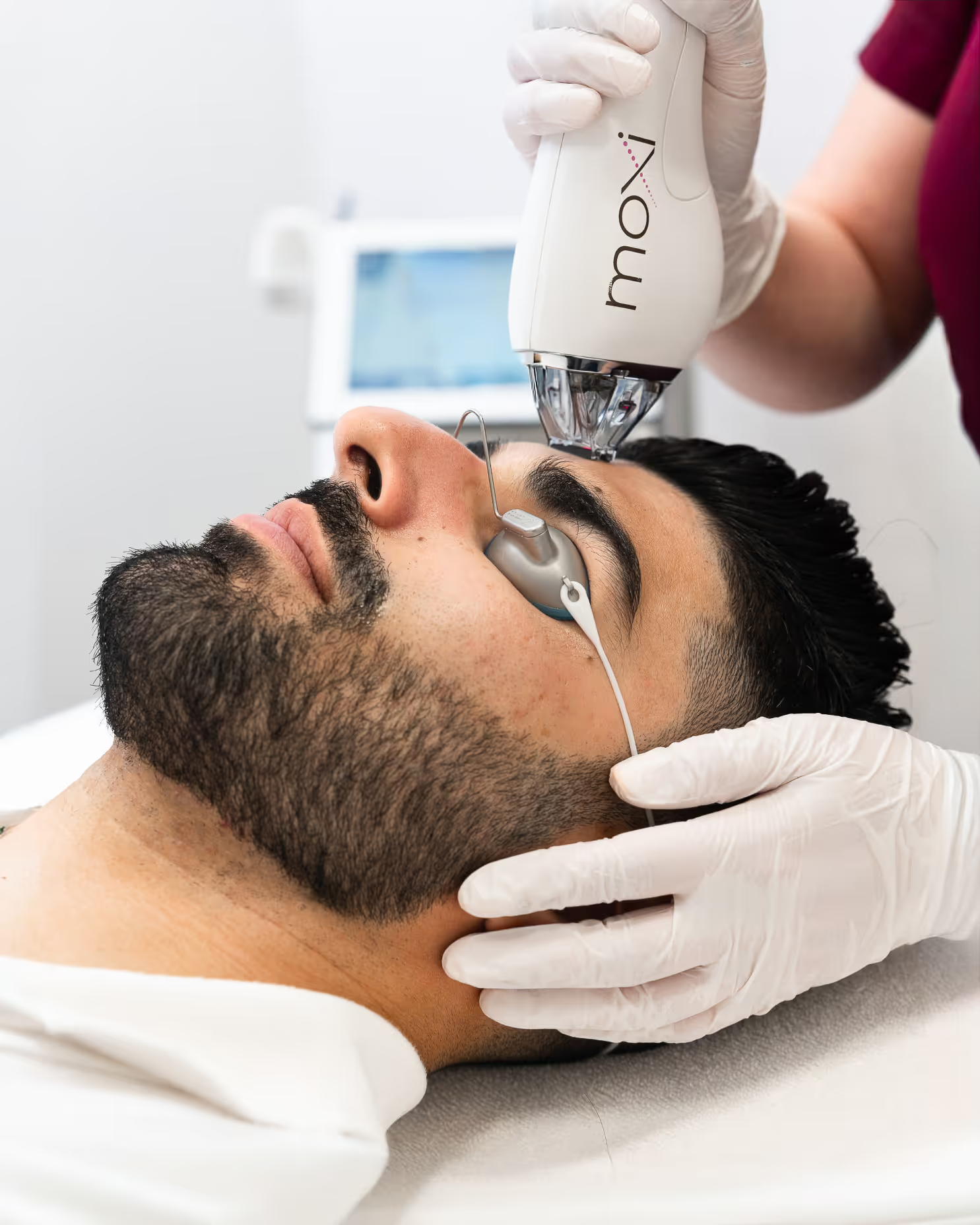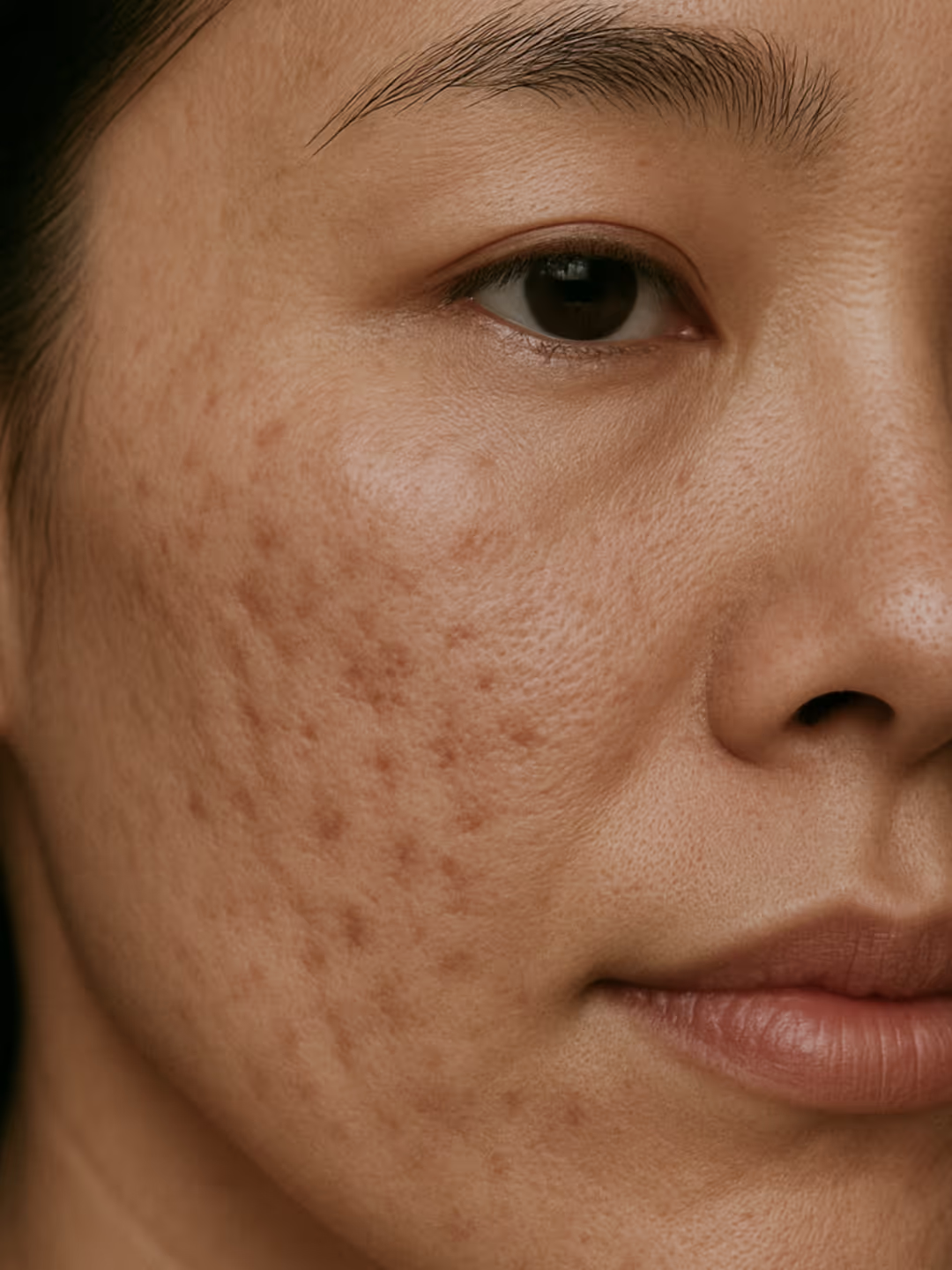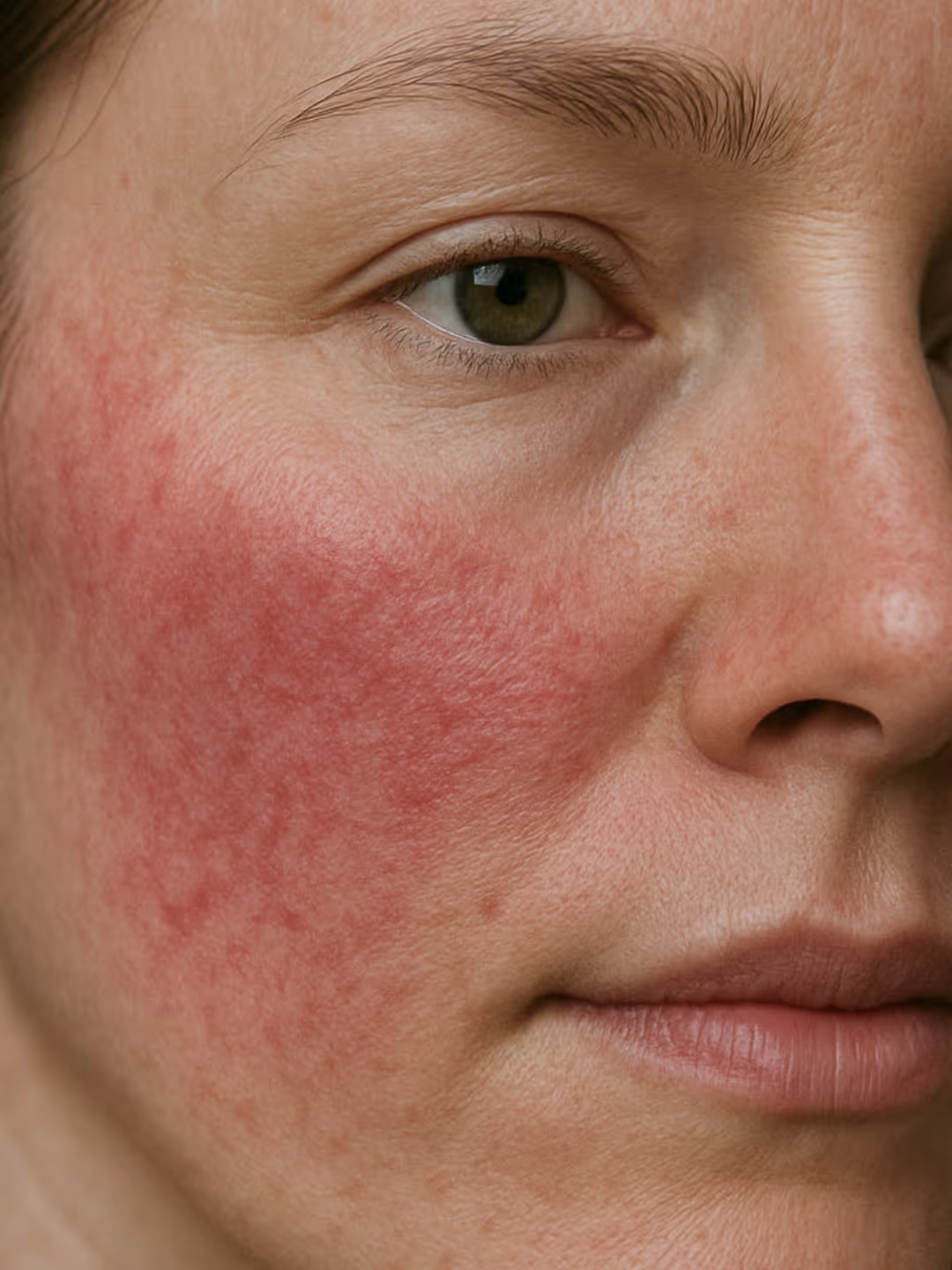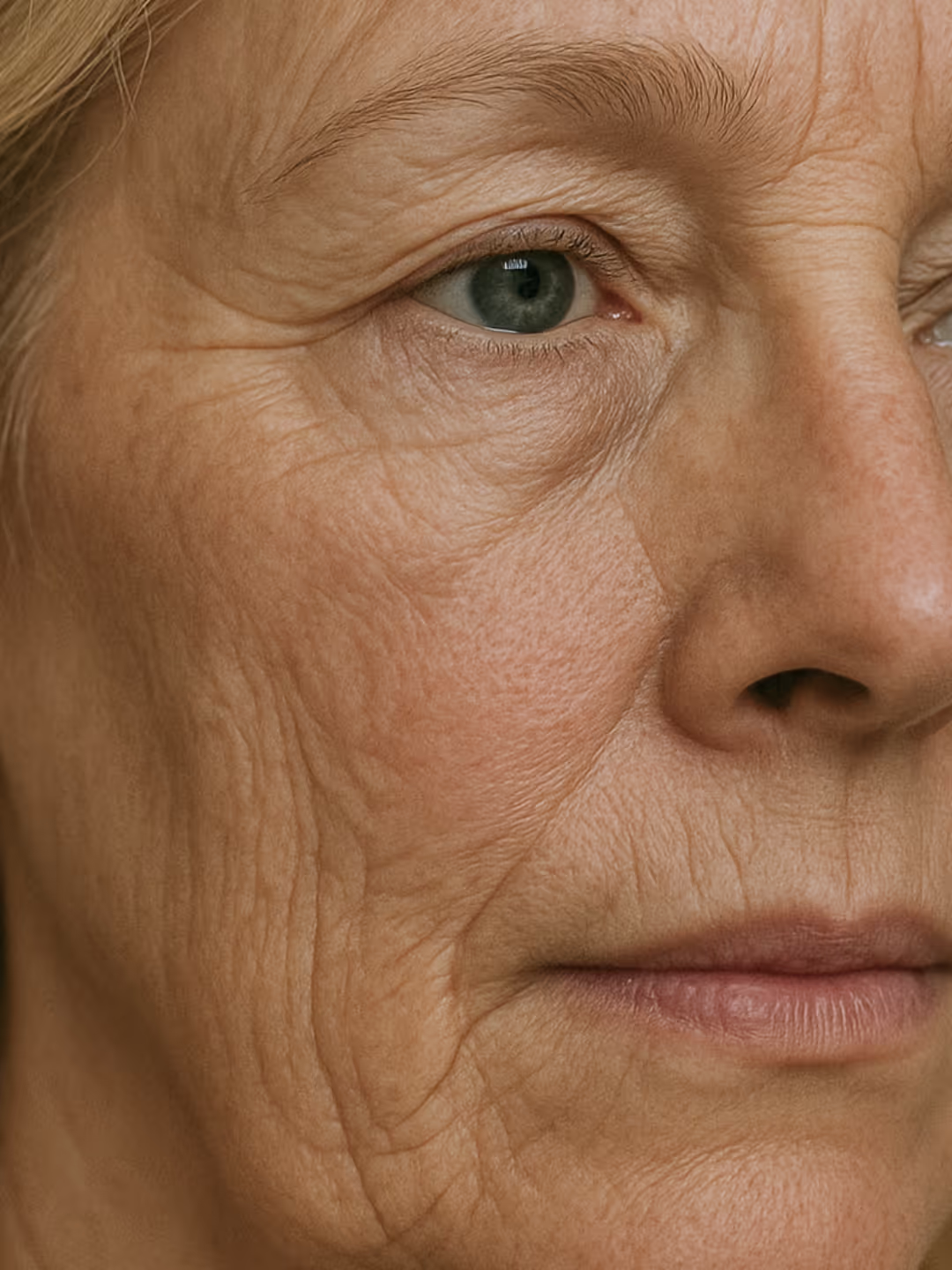Melasma
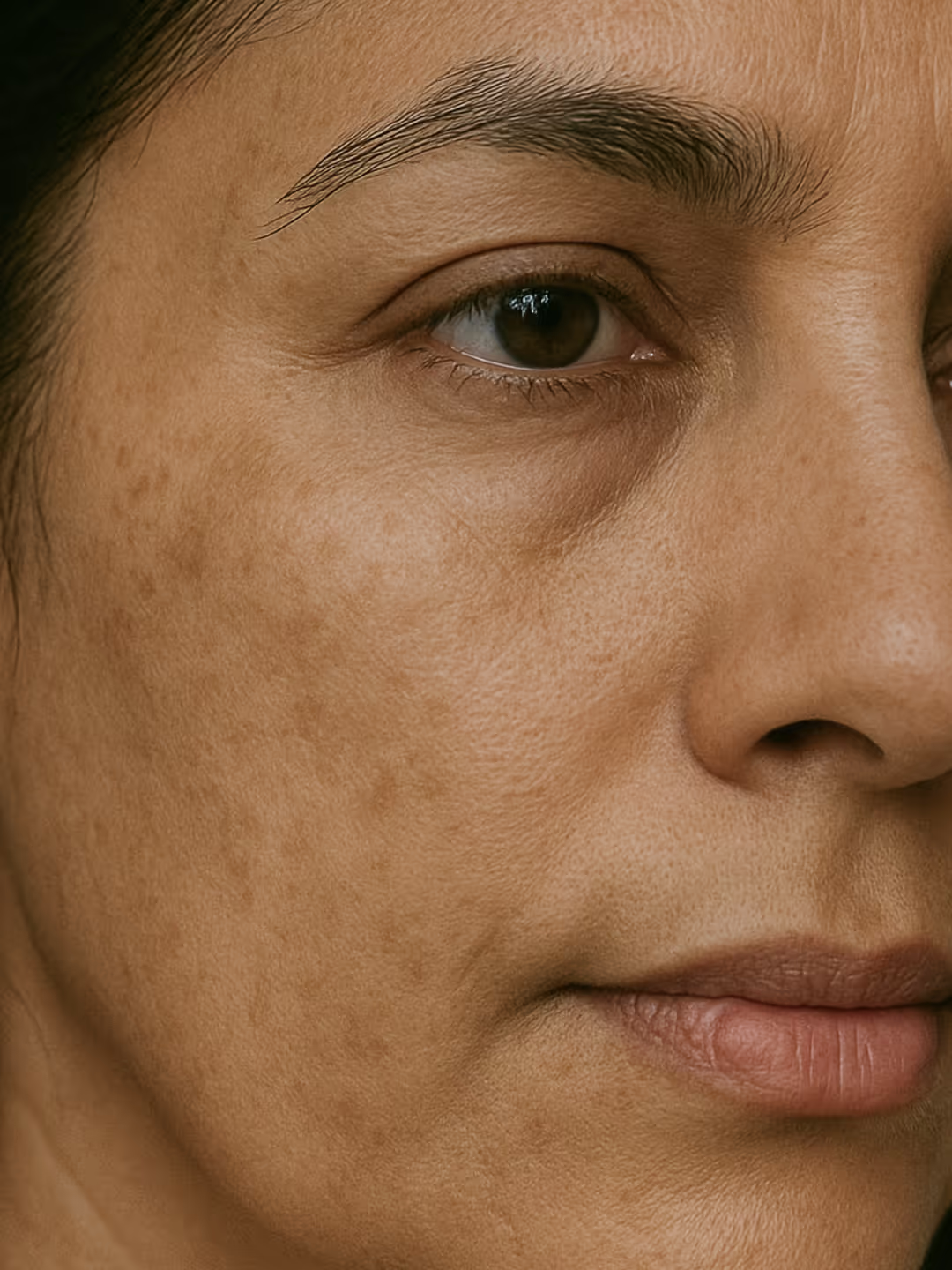
Condition Overview
Melasma is a chronic pigmentation condition that causes dark patches or uneven skin tone on the face, most commonly affecting the forehead, cheeks, upper lip, and jawline. Often triggered by hormonal changes, sun exposure, genetics, or skin inflammation, melasma can be challenging to manage without targeted medical treatments.
At The Face Institute, we offer scientifically backed, non-invasive treatments designed to reduce pigmentation, prevent recurrence, and restore an even complexion. Our approach focuses on safely lightening hyperpigmentation while preserving skin integrity, ensuring lasting improvements for all skin types.
Understanding Melasma
Melasma occurs when melanocytes, the skin’s pigment-producing cells, become overactive due to hormonal shifts, sun exposure, or skin inflammation. Common triggers include:
- Pregnancy and hormonal fluctuations (also known as the “pregnancy mask”)
- Sun damage and UV exposure
- Genetics and skin type predisposition
- Certain medications or cosmetic treatments
Unlike other pigmentation disorders, melasma requires a specialized treatment plan to effectively suppress excess melanin production while preventing further discoloration.
Want to know more? Send us a message
The Benefits
Understand melasma triggers and treatment approaches. The Face Institute offers tailored care plans to help even out skin tone and reduce pigmentation.
Reduces dark patches and uneven pigmentation
Improves skin clarity, brightness, and texture
Strengthens the skin barrier to prevent melasma recurrence
Provides long-term results with minimal downtime
Safe for all skin types, including sensitive skin
How We Treat Melasma
Our Step by Step Process
At The Face Institute, we use a multi-layered approach combining medical-grade skincare, laser technology, and targeted skin therapies to effectively lighten melasma while supporting skin health and barrier function.
Step 1: Skin Rejuvenation and Pigment Suppression with Laser Therapy
Sciton Moxi Laser is a gold-standard laser therapy for melasma. Moxi Laser gently resurfaces the skin to reduce melanin buildup and prevents future pigmentation, without excessive heat. This device:
- Breaks down excess pigmentation and gradually lighten dark patches
- Promote collagen production and skin renewal
- Use precise wavelengths to treat melasma without triggering inflammation
Step 2: Advanced Chemical Peels for Skin Brightening
Specialized chemical peels such as Vivier Peel and Jessner Peel help accelerate cell turnover, lifting excess pigment from the skin while enhancing its natural glow. These treatments also:
- Exfoliate damaged, pigmented layers of the skin
- Stimulate collagen and elastin production for improved skin texture
- Improve cell renewal to prevent pigmentation buildup
Step 3: Microneedling with Exosomes or PDRN for Skin Regeneration
Microneedling with the DP4 Microneedling Device combined with exosome therapy stimulates skin healing at a cellular level while reducing post-inflammatory hyperpigmentation. This treatment:
- Enhances skin barrier function to protect against future melasma triggers
- Increases collagen production, reducing signs of sun damage
- Supports faster recovery for sensitive skin types
Step 4: Medical-Grade Skincare and Melanin Inhibitors
Melasma requires continuous melanin regulation to prevent recurrence. We incorporate medical-grade skin brightening products that include:
- Tranexamic acid and hydroquinone to suppress excess pigment production
- Vitamin C and niacinamide to lighten dark spots and protect against UV damage
- Retinol and AHAs to improve cell turnover and skin radiance
Scientific Credentials and Studies on Melasma Treatment
A 2021 study published in the Journal of Dermatological Science found that non-ablative and fractional laser therapy significantly reduce melasma-related hyperpigmentation by breaking down excess melanin deposits.
A 2022 study in the International Journal of Dermatology reported that microneedling combined with tranexamic acid reduces melasma severity by up to 60 percent over six months, confirming the effectiveness of combination therapies.
Treatment Areas
Face
- Lightens pigmentation on the forehead, cheeks, and upper lip
- Enhances overall skin tone and brightness
Neck and Décolletage
- Treats sun-induced pigmentation and discoloration
- Restores even skin tone in delicate areas
Who is a Good Candidate for Melasma Treatment?
- Individuals experiencing hormonal or sun-induced pigmentation
- Those looking to reduce uneven skin tone and discoloration
- Patients wanting a non-invasive, long-term solution to melasma

